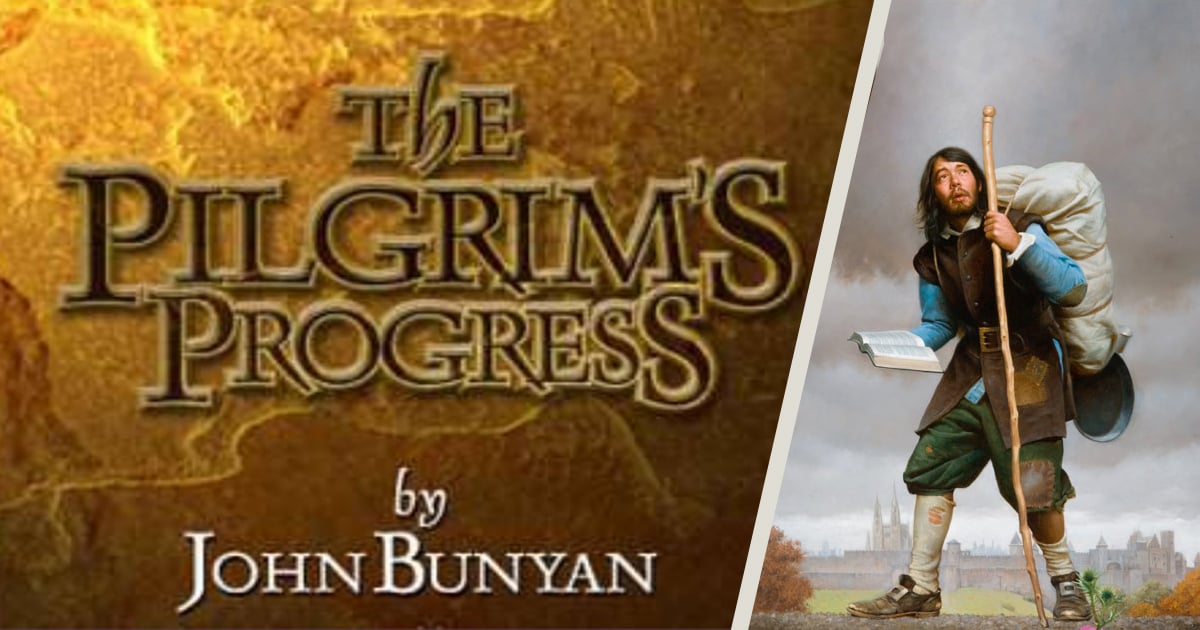John Bunyan’s The Pilgrim’s Progress tells the story of Christian who sets out on a journey full of trials and temptations to find the “Celestial City” (Heaven). He hopes there to remove his overwhelming burden. Bunyan was convicted to begin writing his allegory piece and several others in the 1670s in an attempt to communicate the need for salvation from a life of sin and desolation.
Here Are 12 Facts About John Bunyan’s The Pilgrim’s Progress:
1. Bunyan Wanted To Reach Everyone
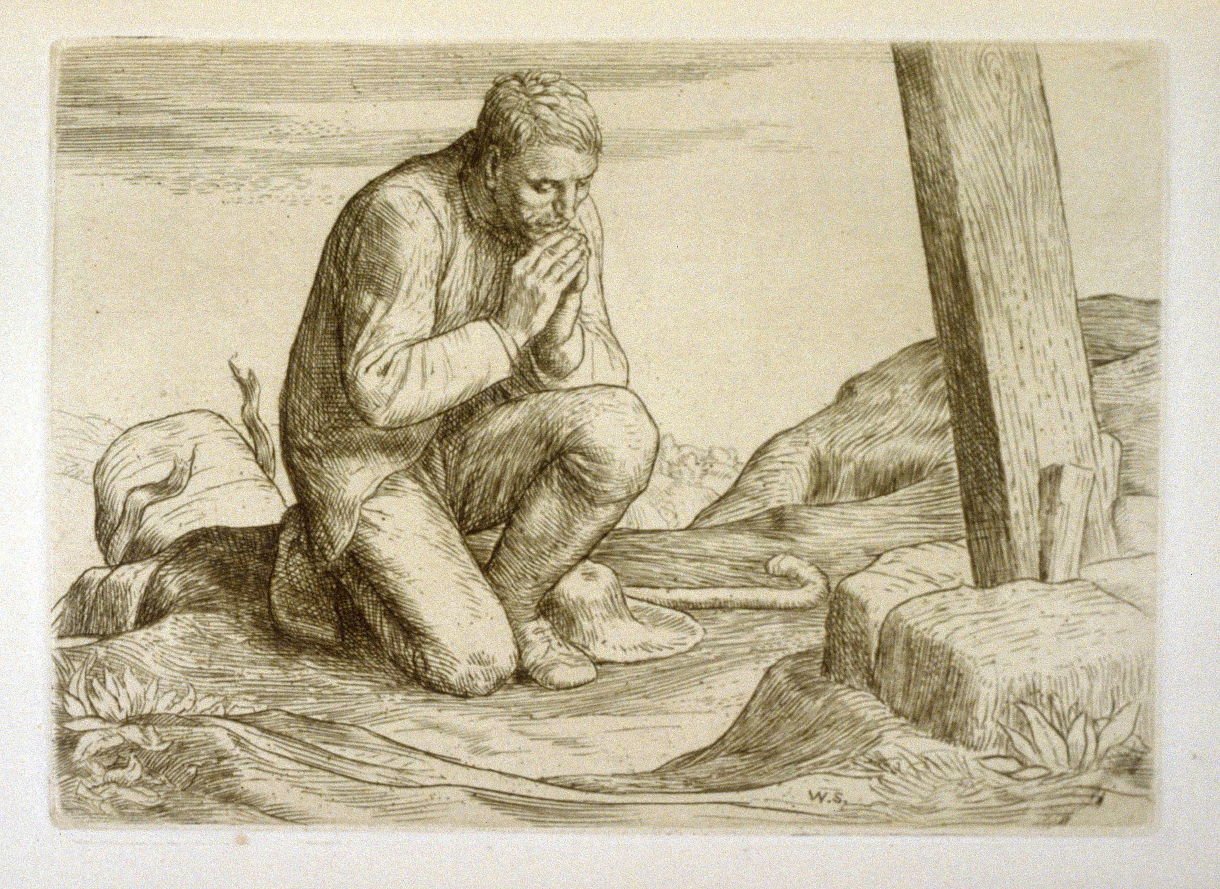
credit: ©Thinkstock/Art FAMS
Along with characters named after their personality traits, the flow of the text is very easy to follow. It is a simply written narrative with situations easily relatable to any culture or society. For this reason alone it has become one of the most successful tools for missionaries to connect with other people groups in discussing Heaven, Hell and Sin. By having the text be deliberately simple, the writer was able to reach many classes of people and explain his vision of a life with faith.
2. The Pilgrim’s Progress Was Made Into An Opera
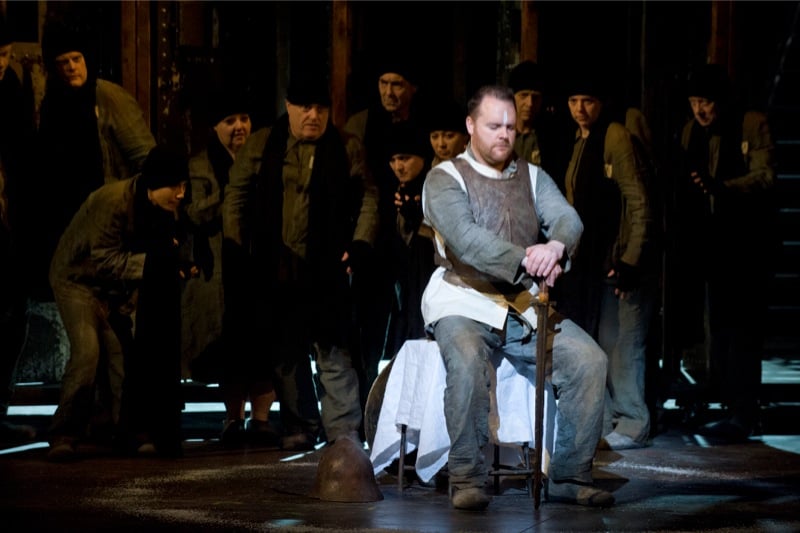
credit: ©Thinkstock/Mark Ronan
Ralph Vaughn Williams wrote the opera. He changed the main character’s name from Christian to “Pilgrim” in order to make the overall spiritual theme be less specific to one religion. Performed in 1951 at Covent Gardens, the opera didn’t have a particularly successful run, mostly due to Williams’ reworking of the story. Since then, however, the opera has been successfully performed in various theatrical adaptations.
3. Bunyan Had Opportunity To Leave Prison
John Bunyan was always outspoken on his faith and the conduct of the church. He was given multiple warnings to stop speaking against the inequalities in the church. But he refused to heed them. Bunyan believed his duty was to warn his fellow man about the wages of sin.
In 1661, Bunyan was jailed. He began to write The Pilgrim’s Progress (along with multiple other works) in order to connect the common man with a path to unburden himself from sin. He was given multiple opportunities to “conform” to the expectations of the local church but refused– so he continued to live arrested. Bunyan believed that he was following the will of God and therefore would not change his ways.
After his release, Bunyan became licensed as a minister, but was detained again when the rulings of the church once again turned against him.
RELATED: How to keep the faith while waiting on God
4. The Pilgrim’s Progress Has Never Been Out Of Print
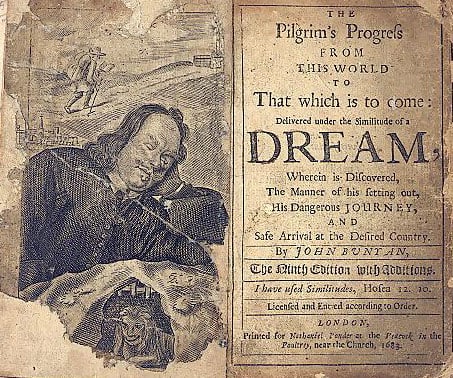
credit: Hundred Books
The Pilgrim’s Progress has been continually reproduced and available in print since its conception. Frequently selling out within days of production, the book had successful sales even in Communist China where the initial print of 200,000 sold in three days.
5. The Allegory’s Characters Live Out Their Spiritually Descriptive Names
Each of the characters in the novel are named for the traits they represent. Vanity, Humility, Mistrust, Faithful, Hopeful, Pliable, Ignorance to name a few. This writing style creates a clearly defined story that anyone can follow. Bunyan was clear to show the reader where sins could be stumbling blocks by relating the character’s to their personality traits.
6. The Pilgrim’s Progress Influenced Many Famous Authors

credit: Real World Leaders
The frankness and overall pictures painted by John Bunyan in the novel were instrumental examples to some of the most notable authors. Well-known works from Charles Dickens, Mark Twain, Emily Bronte, C.S. Lewis all have reference to in their writing style to Bunyan’s work. Many have also used character’s names or references in the titles of their works.
7. Written In Two Parts: Christian’s Journey and His Wife, Christiana’s Journey
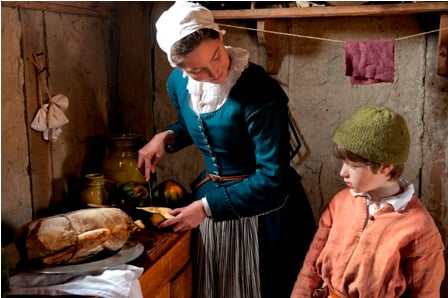
credit: Plimoth
Originally titled The Pilgrim’s Progress from This World, to That Which Is to Come, the novel was written in two parts. First, the novel focuses on the journey of Christian as he seeks the Celestial City. A great burden weighs on him, and Christian knows he must find deliverance.
RELATED: 5 important things the Bible teaches about Heaven
Next, the novel picks up with the story of Christian’s wife, Christiana, and their sons. While they visit many of the same locations as Christian did on his journey, their story tells the tale of potentially weaker pilgrims. It also serves to make understood that women and children also have the ability to walk the pilgrim’s path.
8. Considered One Of The First English Novels

credit: Pinterest
First published in 1678, it is considered an early example of a novel with the concept of a quest for self fulfillment. However, many scholars say that The Pilgrim’s Progress cannot be considered the first English novel because it is actually a religious allegory (where characters have religious meaning).
By 1692, an overwhelming 100,000 copies were already in print. The Pilgrim’s Progress was very popular. Most homes owning a Bible also owned The Pilgrim’s Progress as a supporting work.
9. The Journey Of Christian Paints A Picture Of English Life In The 1600s
Bunyan based the places Christian visited in the book off of Bunyan’s own experience of London, England and the surrounding countryside. The descriptions offered in the novel not only paint a picture of the various classes and societies but how they interacted and the expectations for their lives. For this reason alone the book is a valuable piece of historical literature.
10. The Pilgrim’s Progress Made the Career of Actor Liam Neeson

credit: Thoughts We Might Have Had
In 1978, a young Liam Neeson began his career portraying multiple roles in the Ken Anderson film, Pilgrim’s Progress, including Evangelist and Pilgrim. His ability to command the stage opened the door for future roles and his long career was born.
11. Unusually Written By A Commoner
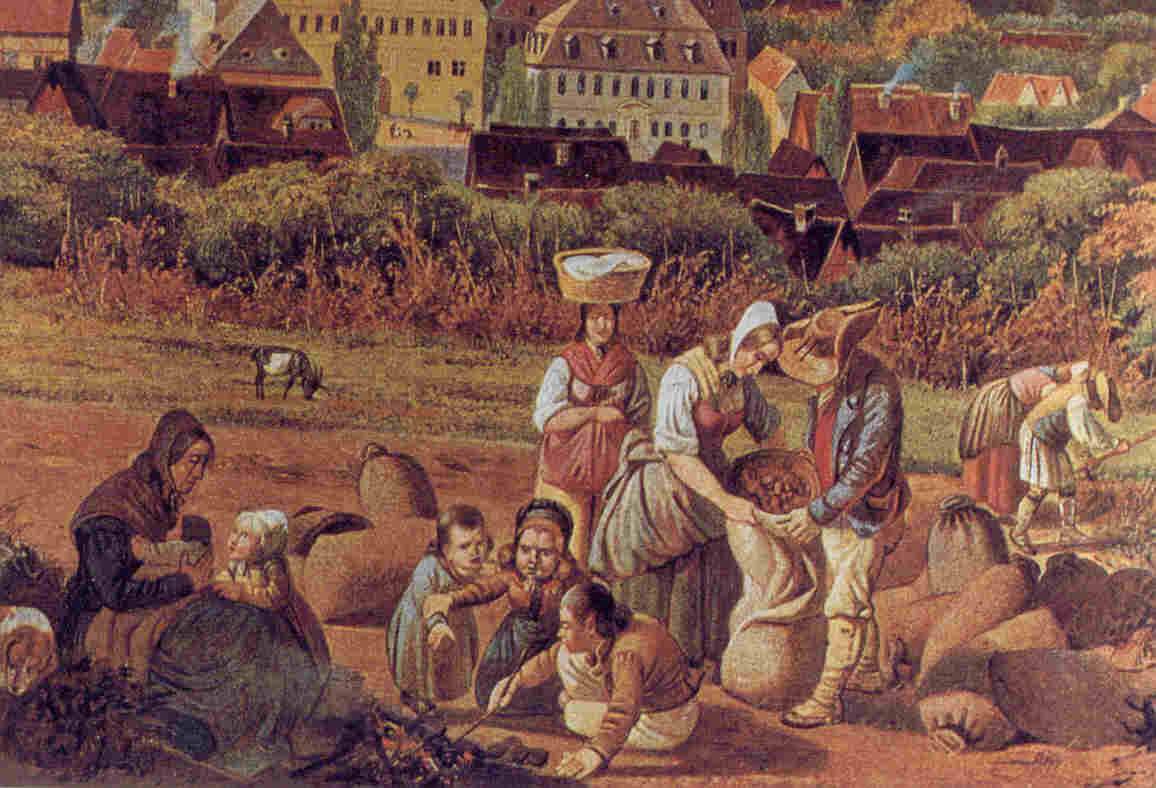
credit: Sympatico
During the life of John Bunyan, only the educated social elite were authors. Due to this, it was very uncommon for a working class individual to have not only written but successfully published a novel. However, Bunyan threw out the common expectations for class and the church when he created The Pilgrim’s Progress. Part of the story’s success is the ability to connect with all readers and not just one class, age, or gender.
12. The Pilgrim’s Progress Will Soon Become an Animated Film. And Will Be Coming To Theaters In 2018.

credit: Pilgrims Progress
This feature length CGI Animated film is due for release in 2018 by Cat In The Mill studios. The project came about when producers and married couple, Steve and Debra Cleary, asked God the question, “What story should we be telling?” The answer was John Bunyan’s The Pilgrim’s Progress.
After personally investing $1 million dollars into the film, Steve and Debra are relying on God to supply the rest of the funding through public fundraising campaigns on the popular crowdfunding site Kickstarter. This groundbreaking approach offers each and every believer the opportunity to help bring this God-inspired story to the big screen.
Director Robert Fernandez says of the film: "This is probably the most important script I have ever written. We wanted to hold true to John Bunyan's work while creating a story that would be visually impacting and appeal to today's movie-goers."
Once completed, the film will be translated in at least 20 key languages. It then will be placed hands of missionaries. The work will hopefully become a tool of evangelism and encouragement on the mission’s field.
Be sure to visit The Pilgrim’s Progress Kickstarter page by clicking HERE in order to keep updated on the film’s progress, as well as to see how you can support the project!
Download or Listen Online To Audio Version
We found an Audio Download of The Pilgrim’s Progress. Visit LibriVox and check out their audio version following Christian’s journey. You can listen online chapter by chapter or download the full file to your personal computer.
h/t: Christianity Today
YOU MAY ALSO LIKE: The second most influential book in the world, John Bunyan’s The Pilgrim’s Progress, is hitting the big screen






